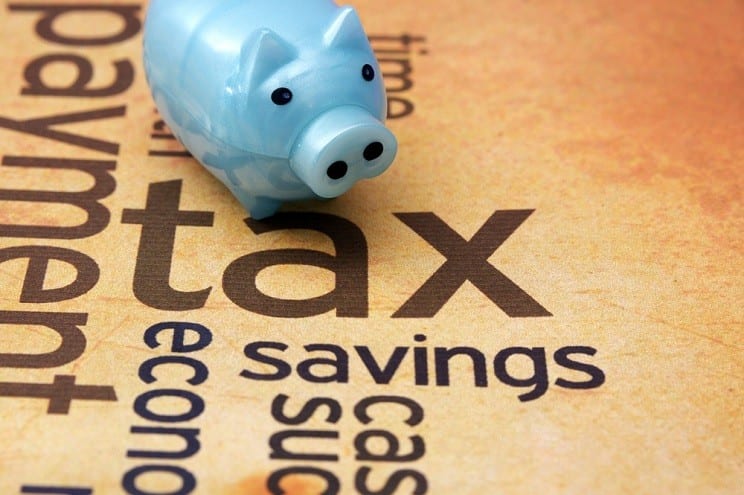Special Tax Problem of Retirement

Today’s retirees are the wealthiest generation in history, and that makes them a target for the tax man. A special tax problem for many retirees is the required quarterly payment of estimated income taxes. After decades of having taxes automatically deducted from their paychecks, many have trouble adapting to the system of writing a check each quarter. Two problems are common. Sometimes the payments aren’t high enough or are late, resulting in unnecessary penalties.
Other times, the retiree prepays too much, providing an interest-free loan to the government.
If you expect to owe more than $1,000 in federal income taxes that are not prepaid through withholding, you have to make quarterly estimated tax payments. The first quarter’s payment is due by April 15. The other three payments for 2002 are due June 17, September 16, and January 15, 2003.
The penalty is interest compounded daily at a rate announced by the IRS each month. The interest rate changes with treasury rates in the markets. Interest is charged from the day the payment was due until the earlier of the date the tax return for the year is due and the date the payment actually is made.
Estimated tax payments must cover all types of tax due: income, self-employment, and any others that will be reported on Form 1040. You make estimated payments by projecting your income tax for the year, dividing the total by four, and paying that amount each quarter. You can pay through mail by filing Form 1040-ES or you can pay by credit card over the phone by calling 800-2PAYTAX.
The first goal is to make payments that will avoid any penalties. There are three “safe harbors” under which you can try to qualify to avoid penalties for underpaying estimated taxes:
- Pay at least 90% of the current year’s tax liability through timely estimated tax payments;
- Pay an amount equal to at least 100% of last year’s tax bill through estimated tax payments this year;
- If you are a “high income taxpayer,” pay an amount at least equal to either (1) 90% of this year’s tax liability or (2) 112% of last year’s tax liability. (This will fall to 110% after 2002.) A high income taxpayer is one whose adjusted gross income on last year’s tax return was over $150,000 ($75,000 for married individuals filing separately).
Another way to avoid an underpayment penalty is through the “annualization method.” For example, if your payments for the first three quarters of the year were accurate based on the income to date, but you had an increase in income during the last quarter of the year, you can make a higher payment for the fourth quarter and avoid a penalty. This method is for anyone whose income varied during the year and who made payments based on the income as it actually was received. To use this method, you must file form 2210 with Form AI as part of your tax return for the year. This form requires you to show when the income was received during the year and demonstrate that your quarterly estimated payments were accurate for the income received each quarter.
You cannot avoid penalties by paying the year’s taxes with a big check in the last quarterly payment. The IRS expects you to pay the taxes equally throughout the year. If your payments are not equal, the only way to avoid penalties is to use the annualization method.
Choose the safe harbor method that conserves your money and keeps it working longer for you, not the government. If your income is likely to stay the same or decline this year, prepay 90% of this year’s tax liability. That way, you will hold on to 10% to 20% of your liability until you actually file the tax return for the year. The trick with this method is to make an accurate estimate of your taxes for the year. If you underpay, you’ll be hit with a penalty. You might want to figure the 90% amount, then pay a little extra each quarter to ensure there won’t be penalties.
If you income is likely to increase this year, make payments based on last year’s liability. That way you’ll be sure of avoiding penalties and will conserve cash for as long as possible.
If your income will fluctuate and you don’t mind keeping careful track of the cash flows and related tax liabilities, then the annualized method is for you. Consider this method if your income primarily comes from capital gains or retirement plan distributions that occur at your discretion instead of on a regular basis. It is too much work for most people, but it can save money when your receipt of income varies throughout the year.
If you pay estimated taxes based on this year’s income, don’t forget to incorporate the new tax cut in your estimates. Otherwise, you’ll be overpaying.
Your goal should be to estimate your income well enough to hold on to the cash as long as you can without incurring any penalties.
![]()





